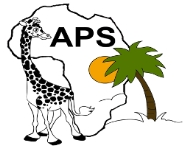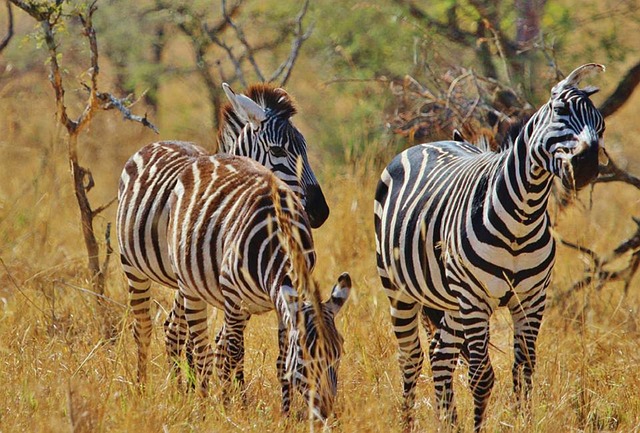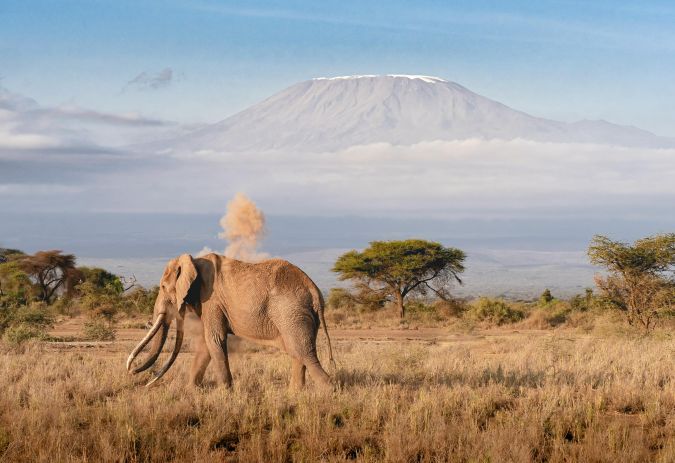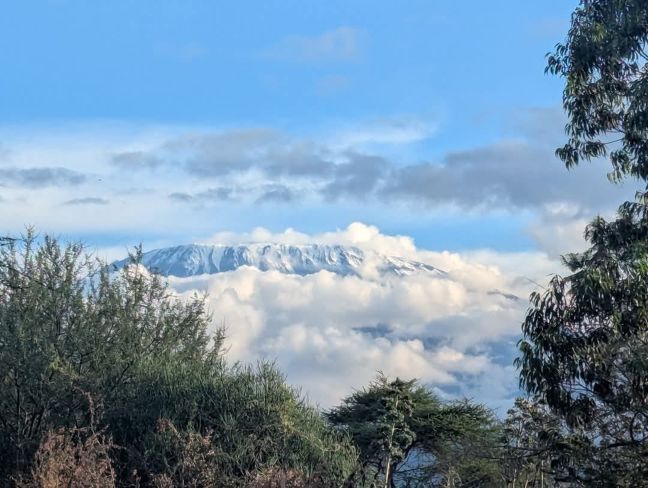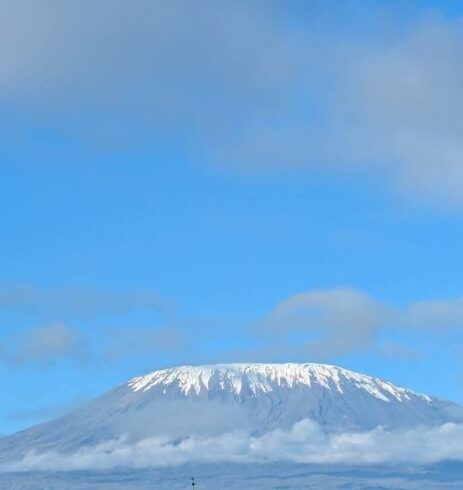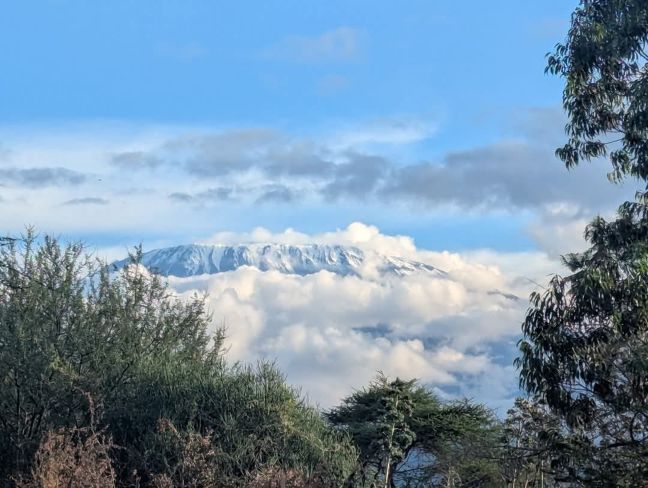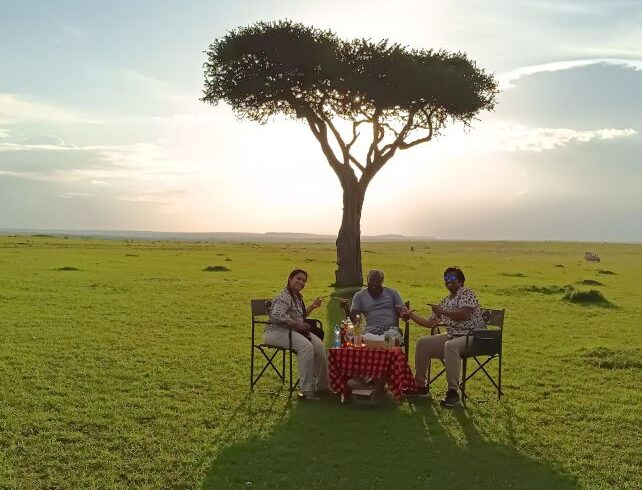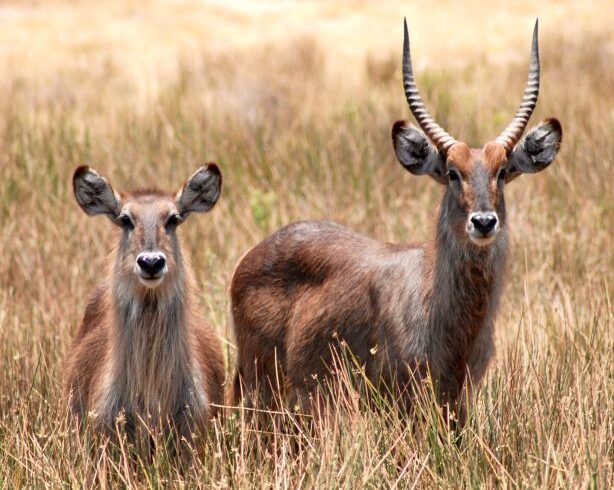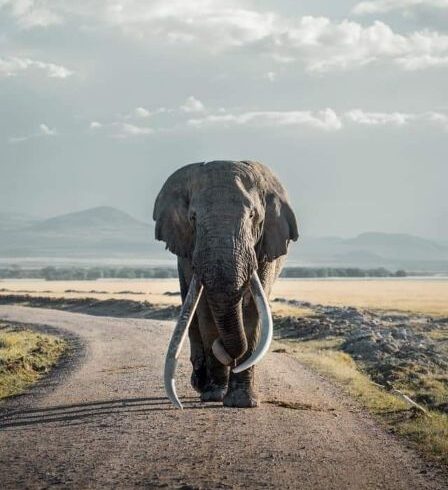- 76
- 18
- 45
- 27
- 12
- 48
- 12
- 69
- 12
- 11
- 19
- 28
- 12
- 6
- 19
- 13
- 122
- 2
- 34
- 7
- 7
- 13
- 2
- 65
- 8
- 9
- 51
- 74
- 27
- 8
- 7
- 4
- 6
- 5
- 7
- 5
- 62
- 11
Mount Kilimanjaro National Park
Mount Kilimanjaro Trekking 2025/2026/2027 – Best Routes, Packages & Expert Tips
What is the best way to trek Mount Kilimanjaro in 2025/2026/2027?
The best way to trek Mount Kilimanjaro is to choose a route that matches your fitness level, acclimatize properly, and book with a certified local operator offering full support (guides, meals, gear). Popular routes include Machame, Lemosho, and Umbwe.
Looking to conquer Africa’s highest peak? Embark on a life-changing adventure with our expert-guided Mount Kilimanjaro trekking packages for 2025/2026/2027. Whether you’re a first-timer or a seasoned mountaineer, our routes—from the scenic Machame Route to the remote and challenging Umbwe Route—offer a tailored experience for every climber.
Located in Tanzania, Mount Kilimanjaro rises 5,895 meters above sea level and offers trekking routes with breathtaking scenery, from rainforest trails to glacial peaks. All our climbs include certified guides, porters, meals, gear support, and are designed to maximize safety and summit success.
✅ Why choose us? We combine affordability, local expertise, and ethical porter treatment. Our Kilimanjaro climbs are customizable and often paired with a Tanzania safari or Zanzibar beach escape.
Whether you’re eyeing a 6-day Kilimanjaro trek, a luxury climb, or a group expedition, we’ve got you covered.
Check all Kilimanjaro routes and costs ➤
Mount Kilimanjaro trekking is safe, rewarding, and achievable — with the right preparation and a great team.
Explore the top routes, compare prices, and book your Kilimanjaro climb today.
🧭 Learn more from Kilimanjaro National Park on UNESCO
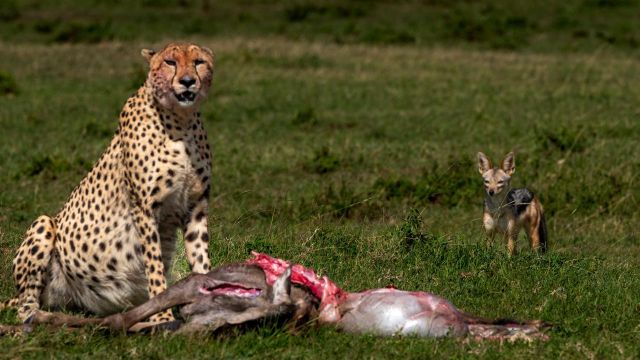
- Jan
- Feb
- Mar
- Apr
- May
- Jun
- Jul
- Aug
- Sep
- Oct
- Nov
- Dec
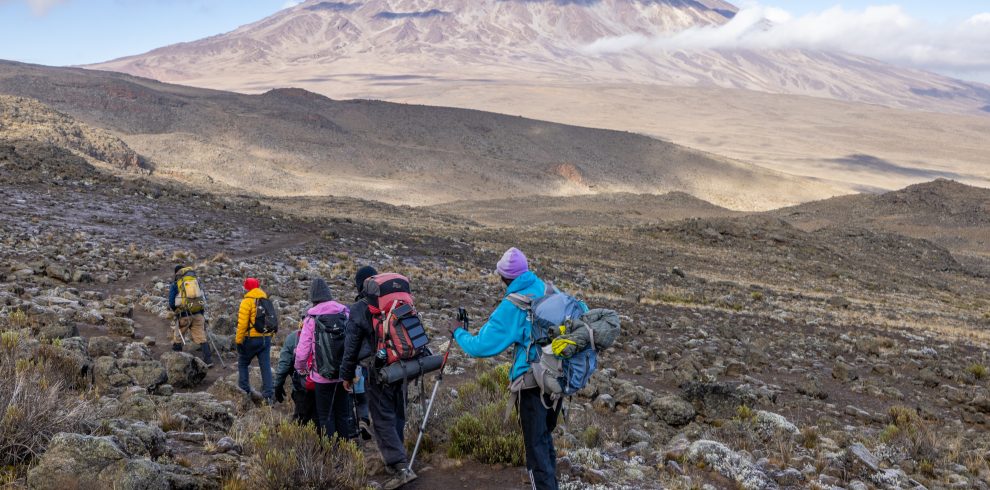
- Jan
- Feb
- Mar
- Apr
- May
- Jun
- Jul
- Aug
- Sep
- Oct
- Nov
- Dec
